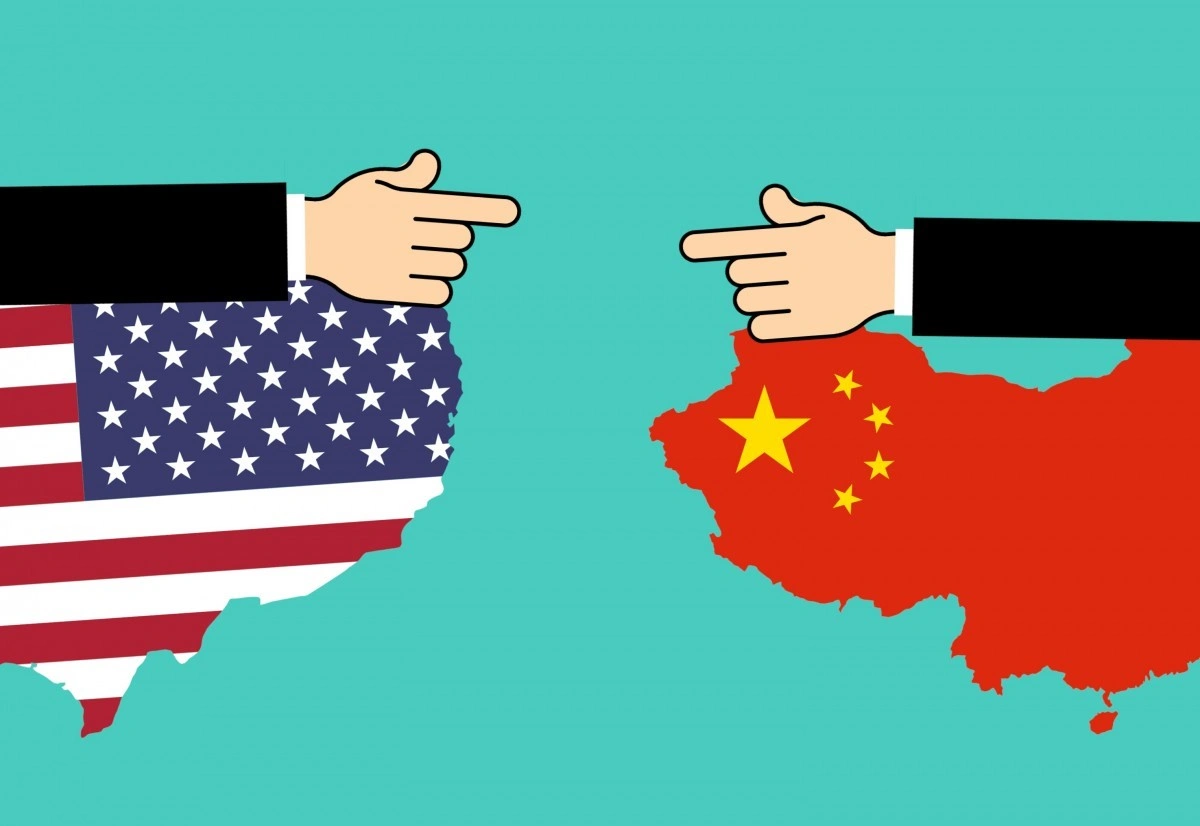Oil Prices Drop to 4-Year Low Amid Escalating Trade War
Oil markets were rocked on Wednesday as Brent crude and WTI futures fell to their lowest levels in over four years, amid rising fears of a global economic slowdown triggered by the intensifying U.S.-China trade war. The Trump administration’s new 104% tariff on select Chinese imports, effective immediately, has not only rattled equity markets but also driven widespread selling across energy and agricultural commodities.
At 10:45 GMT, Brent crude was down 2.5% at $60.31 a barrel, and West Texas Intermediate (WTI) fell to $57.02, both marking their lowest levels since 2021.
What’s Fueling the Oil Sell-Off?
Several factors contributed to this sharp decline in oil prices:
- Trade War Escalation: U.S. President Donald Trump’s latest tariff measures on China, Japan, and the EU have intensified trade tensions, dampening economic sentiment globally.
- Demand Concerns: Fears of a broader slowdown in oil demand, especially from China—the world’s largest importer—are weighing heavily on prices.
- OPEC+ Supply Loosening: The OPEC+ alliance’s decision to increase output faster than expected has added to oversupply fears, creating a “toxic cocktail” for oil markets, according to SEB analyst Ole R. Hvalbye.
A Historic Slide: Oil Down 20% in Five Days
Since Trump’s tariff escalation on April 2, oil prices have dropped nearly 20%, marking the worst five-day stretch since March 2022. The combination of macroeconomic headwinds and supply glut fears has unnerved traders, prompting analysts like Morgan Stanley to cut their Brent crude forecasts by $5 per barrel across Q2 to Q4 2025.
Morgan Stanley’s updated oil price forecast:
- Q2 2025: $65 per barrel
- Q3 2025: $62.50 per barrel
- Q4 2025: $62.50 per barrel
Coffee and Copper Also Slide
Oil wasn’t the only commodity feeling the pressure. Several soft and industrial commodities declined sharply:
- Coffee Futures: Dropped significantly as weaker global demand outlook weighed on agricultural commodities. A stronger Brazilian real had previously supported prices, but that trend reversed this week.
- Copper Prices: Fell nearly 10% since early April, driven by fears that trade disruptions could crimp demand from China—by far the largest global consumer of industrial metals.
According to ANZ, “Crude oil extended losses amid signs of escalation in the trade war. Copper has lost nearly 10% since Trump announced his reciprocal tariffs on major trading partners.”
Safe Havens Shine: Gold Climbs, Soybeans Rebound
While most commodity markets fell, gold bucked the trend, surging 2% as investors rushed toward safe-haven assets. Gold continues to thrive in uncertain macro environments, particularly when currencies like the U.S. dollar weaken and risk assets suffer.
In agricultural markets, Chicago soybeans rose for a third straight session, rebounding from a four-month low. The recovery was helped by:
- Rising prices in Brazil
- A softer U.S. dollar
- Anticipation of supply chain disruptions due to trade tensions
Impact on Global Markets and Investors
The escalating trade war has renewed fears of a global recession, triggering sharp sell-offs in equities and commodities. Asian and European stocks declined across the board, and risk-off sentiment continues to dominate.
For investors, the situation presents both challenges and opportunities:
- Energy investors may face near-term volatility but could find long-term value if prices remain below production costs.
- Precious metals and safe-haven assets like gold may offer upside in risk-off conditions.
- Agricultural commodities may become more volatile as trade shifts disrupt supply chains.
What Comes Next? Key Factors to Watch
- China’s Response: Markets are closely watching whether China retaliates with its own tariffs or other economic measures.
- OPEC+ Decisions: Further signals from oil-producing nations could shape the direction of crude prices in coming weeks.
- Federal Reserve Policy: With mounting recession fears, investors are watching for any signs of a potential Fed pivot or stimulus announcements.
- Supply Chain Adjustments: Trade restrictions could shift global agricultural and industrial commodity flows—potentially leading to price realignments.
Frequently Asked Questions (FAQs)
1. Why did oil prices fall so sharply in April 2025?
Oil prices dropped due to a combination of escalating U.S.-China trade tensions, weakening global demand expectations, and OPEC+ easing supply restrictions more quickly than expected.
2. How does the trade war affect commodity prices?
Trade wars typically reduce cross-border economic activity, leading to lower demand for commodities like oil, copper, and coffee. They also increase market uncertainty, shifting investor capital toward safe-haven assets.
3. Will oil prices recover soon?
Short-term recovery depends on global demand trends and geopolitical developments. If recession fears ease and supply is curbed, oil could rebound. However, ongoing tariffs and weak demand may keep prices subdued.
4. Why is gold rising when other commodities are falling?
Gold is considered a safe-haven asset. When markets are volatile and investors fear economic downturns, gold becomes more attractive as a hedge against inflation and financial instability.
5. Should I invest in commodities during this downturn?
Commodity investments carry risk, especially during volatile periods. However, corrections can also offer buying opportunities for long-term investors. Diversifying across sectors and focusing on fundamentals is key.
Conclusion: Trade War Shockwaves Reshape Global Commodity Markets
The 2025 U.S.-China trade war escalation has delivered a severe shock to global commodity markets, particularly crude oil, copper, and coffee. The economic outlook remains clouded by rising tariffs, geopolitical tensions, and slowing demand. While this has hurt risk-sensitive assets, safe havens like gold are proving resilient.
Investors navigating these turbulent waters should stay informed, remain diversified, and closely watch policy signals from Washington, Beijing, OPEC, and central banks worldwide.
Disclaimer:
This article is for informational and educational purposes only and does not constitute financial or investment advice. Market conditions are volatile and can change rapidly. Please consult with a licensed financial advisor before making any investment decisions. Commodity and currency markets carry significant risk and are not suitable for all investors.



